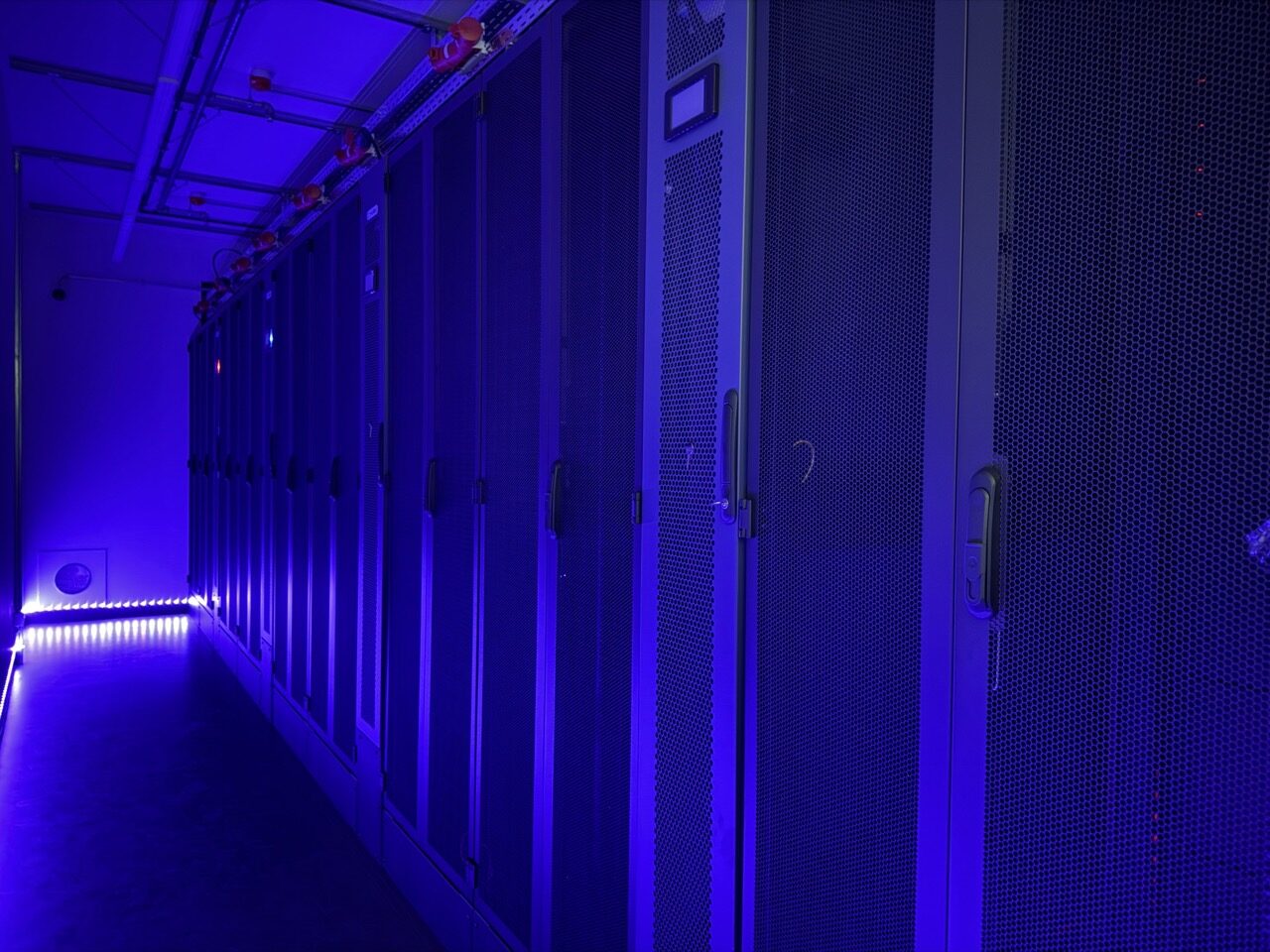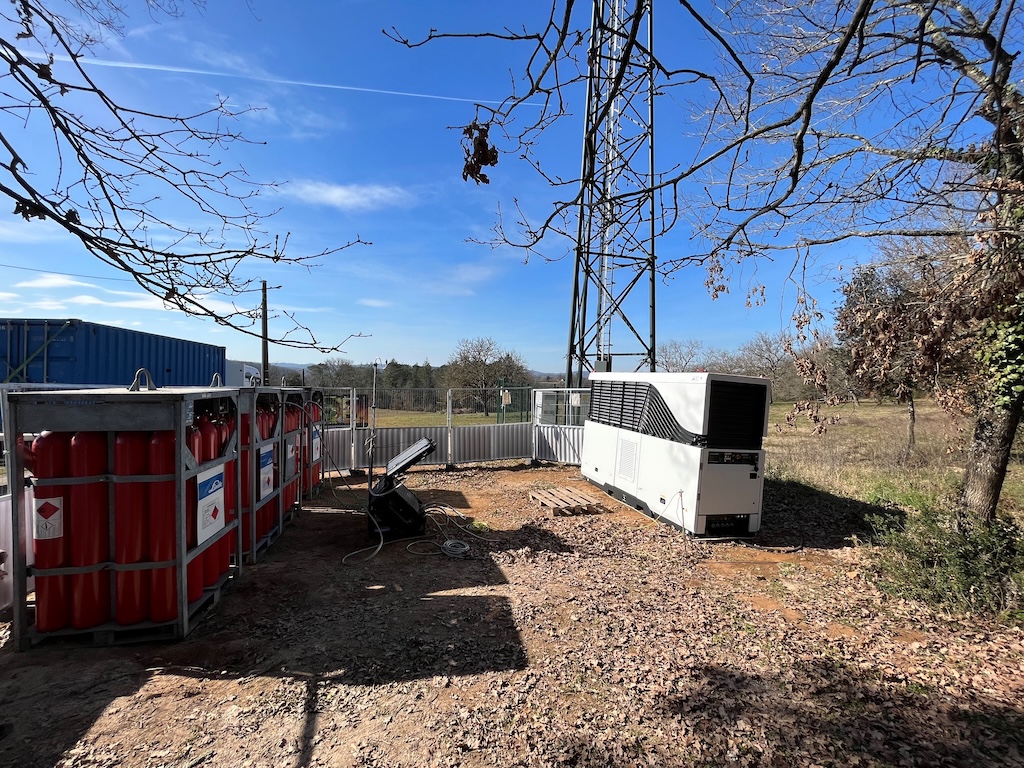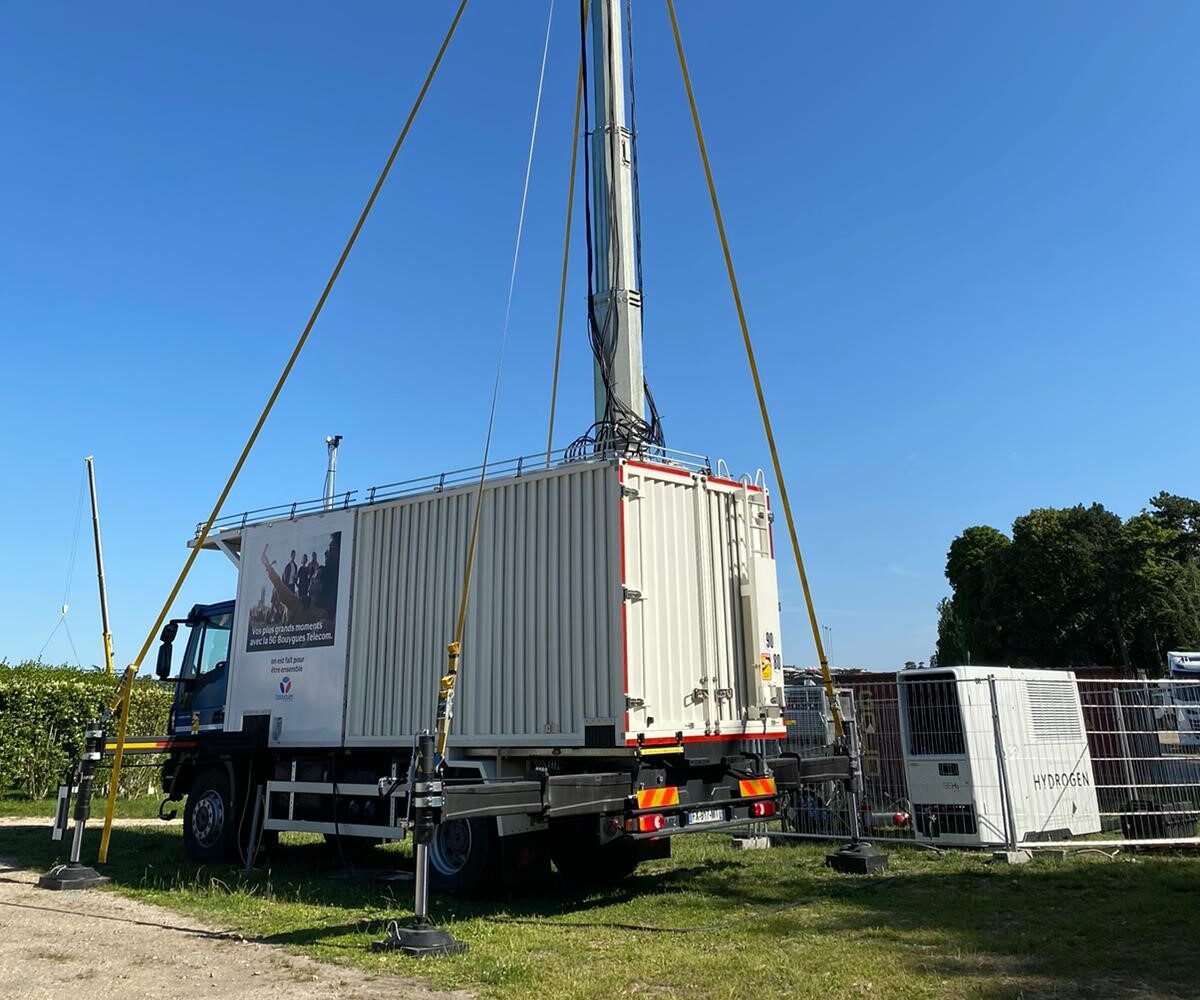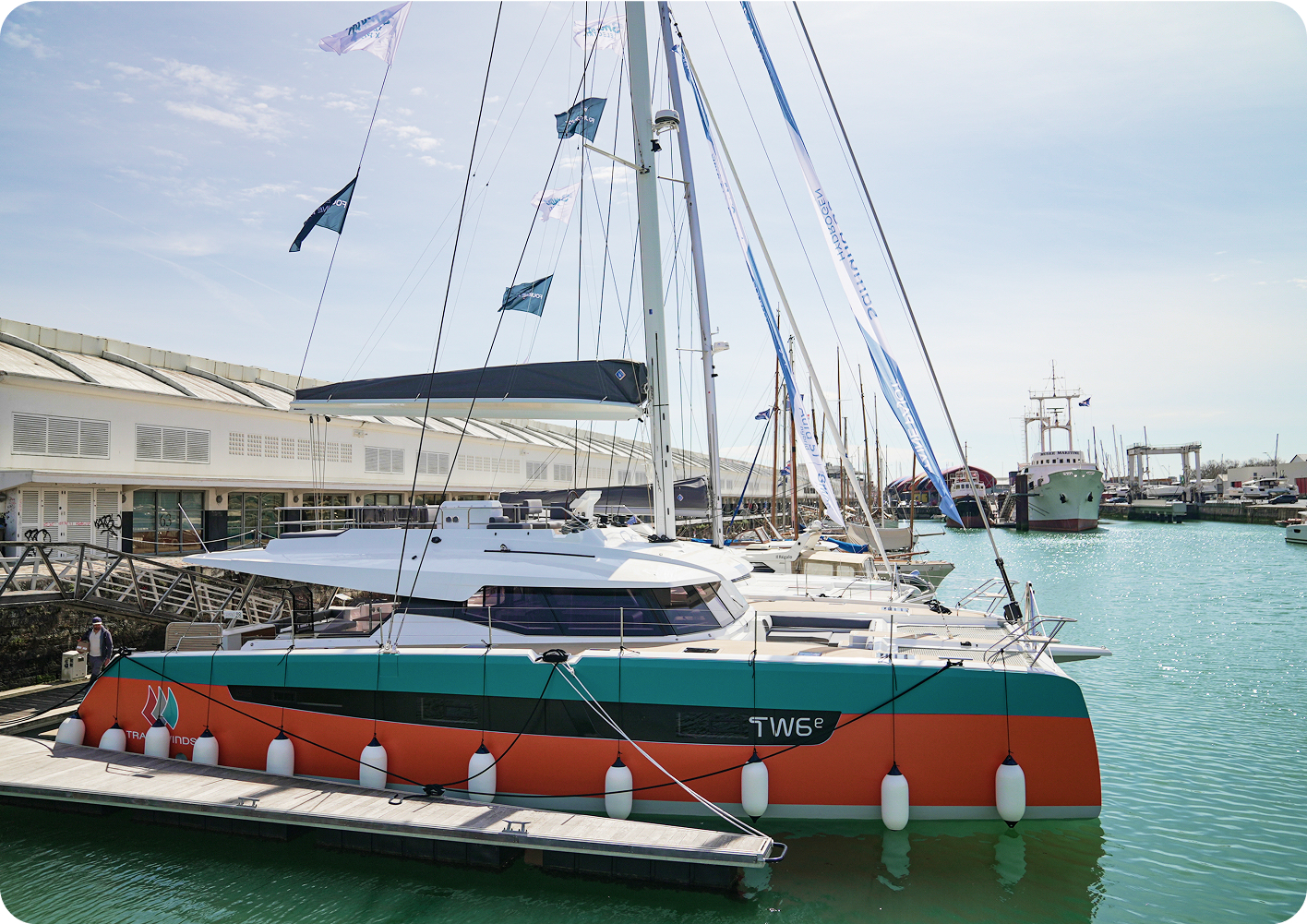A simple, efficient energy solution
Easily handled by crane or forklift, the GEH₂ offers a user-friendly touch interface and remote control option. Connect it to hydrogen storage, switch it on, power your application. It’s that simple.
An easily deployable mobile solution
Netflix and TSF, a major player in the supply of technical resources for filming and production, called on EODev and its partner Eneria to supply zero emission electricity to one of the filming locations for the Arsène Lupin TV series.
Silent, high-performance power supply
On the night of March 11th 2022, a GEH₂ electro-hydrogen generator supplied electricity to a luminous balloon to ensure the smooth running of an outdoor filming scene near Fontainebleau.
The very 1st mobile device
EODev’s GEH₂ was installed on a truck and connected to hydrogen racks, which were separated from the power generator area to create the first ever mobile GEH₂ device with storage unit – typically the storage devices and GEH₂ are fixed. This clever solution made it possible to move the truck to the locations needed for filming in the parks.
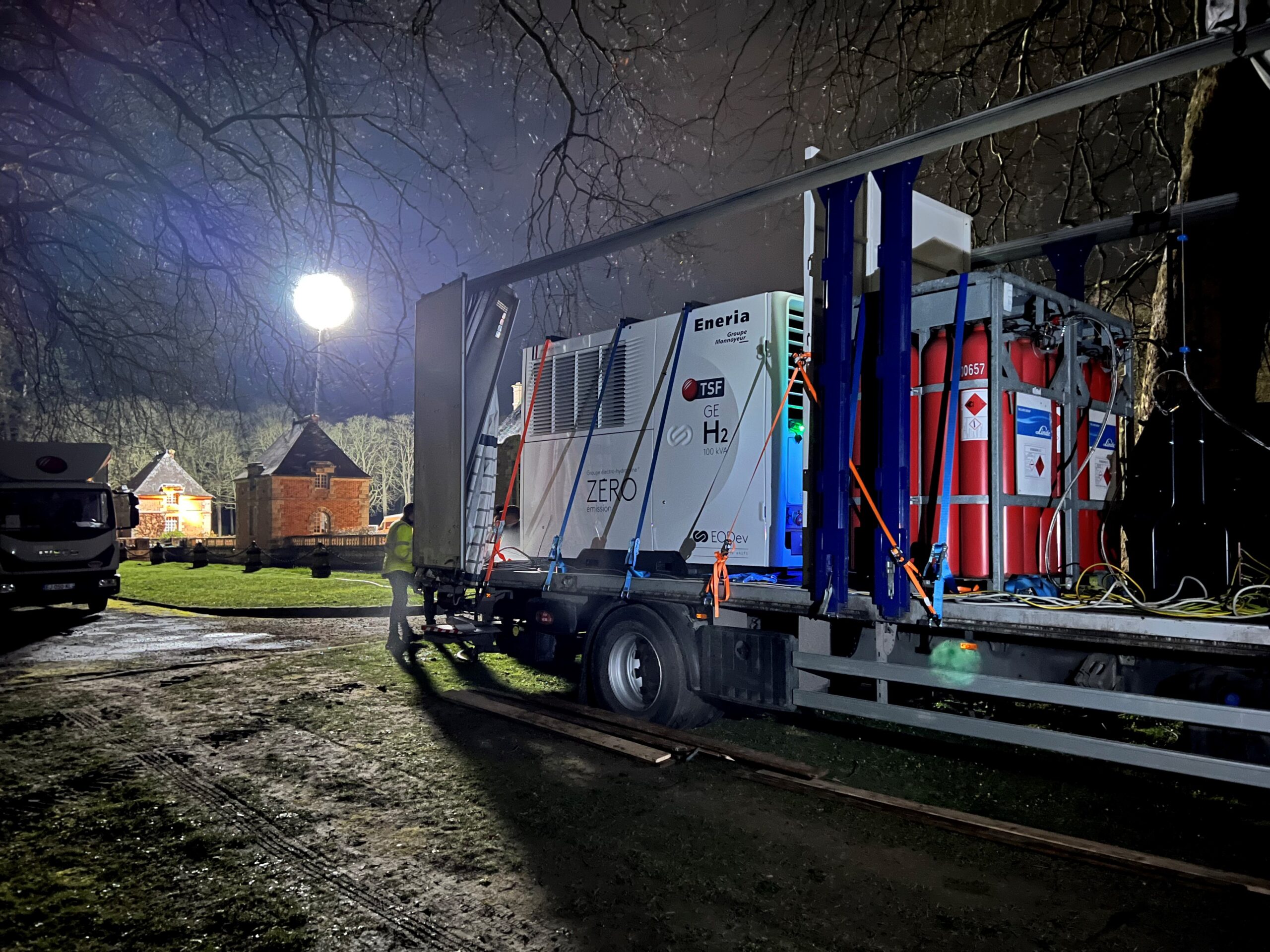

Quiet operation
Operating continuously for much of the night, the GEH₂ has fulfilled its role to perfection and has attracted a great deal of interest in the film industry, thanks to its many advantages, from the absence of pollution to the silence of its operation. It is particularly suitable on a film set or in a noise-sensitive area.



